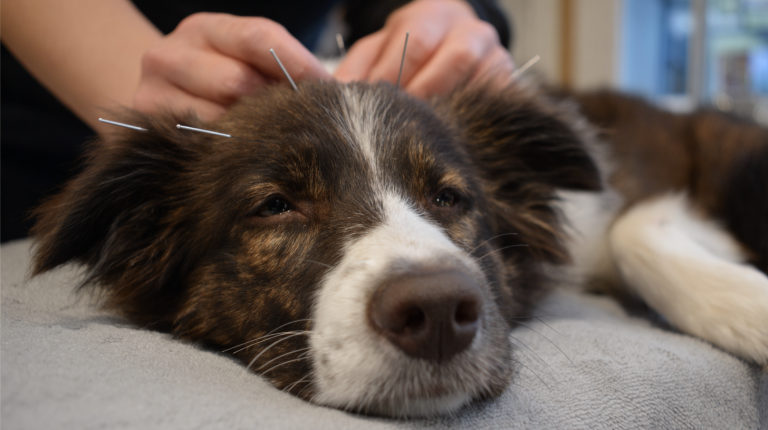By Dr. Shannon Leggieri, DVM of Claremont Veterinary Hospital, Oakland.
As a veterinarian, I quite frequently see ear shaking, scratching, or rubbing in my exam room. These are some of the most obvious signs of an infected or inflamed ear canal. Other clinical signs such as redness, discharge or odor often require closer visual inspection of the ear. If you note any of these previously mentioned signs, your dog needs an otoscopic exam performed by a veterinarian.
Unlike the human ear canal, the dog ear canal is long and narrow. The ear is separated into three parts: the outer, middle and inner ear. It is imperative to examine the entire outer canal and visualize the eardrum (which separates the outer from middle ear canal). Although in severe cases ear infections can affect the middle and inner ear, the outer ear canal is most commonly affected.
During the otoscopic exam your veterinarian will examine your dog’s ear canal for redness, inflammation, debris and any foreign bodies. The most common foreign body we see in the ear canal is foxtails (small dry spikey grass awns), which flourish during dry weather. Their pointed heads and bushy tails wedge easily in ears, noses, and between toes. If no foreign body is identified your veterinarian may elect to perform cytology of your dog’s ear. This means taking a sample of debris from within the canal placing it onto a slide and examining the slide under a microscope.
Ear infections are either bacterial infections, yeast infections or mixed bacterial-yeast infections. Depending on what infection is identified, treatment will be recommended. Treatment is almost always topical and usually includes a thorough ear cleaning followed by medication in ointment form. Treatment usually last 5-10 days, and follow up to ensure the ear infection has completely resolved may be indicated.
Many dogs get one or two ear infections in their lifetime, which resolve with treatment and cause no long-term issues. However, some dogs have recurrent ear infections that require further work-up. Left unaddressed recurrent ear infections cause pain and potentially hearing loss. Certain dog breeds such as poodles, hounds and spaniels are prone to ear infections due to their anatomy and require preventative care such as routine ear cleaning and grooming. Furthermore, ear infections can sometimes be the result of an underlying allergy due to food or environmental individual sensitivity.
Your veterinarian may suggest diagnostics such as a food trial or environmental allergen testing if allergies are suspected. Recurrent ear infections in dogs can be frustrating, and it is essential to work closely with your trusted veterinarian to treat them correctly and rid them completely.










